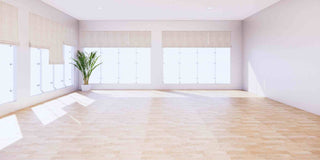When it comes to interior design for HDB flats, one of the most important decisions you'll have to make is choose a suitable HDB flooring material.
This does not only impact the overall look and feel of your home but also its durability and ease of maintenance. Not to mention, your choice of flooring material can make your small space look bigger or even make it more cramped. With so many options available, from classic tiles to trendy vinyl, it surely is difficult to know where to start.
Let's take a closer look at some materials and factors you should consider when selecting the HDB flooring material for your HDB interior design.
Best Flooring Materials for HDB Flats to Level Up Your Home Renovation
Vinyl
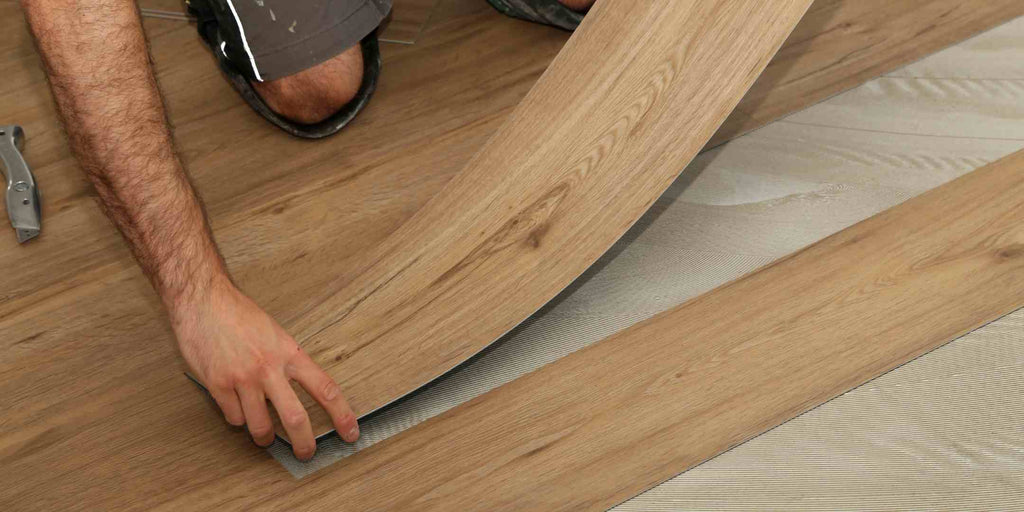
Vinyl flooring is a synthetic material made from a combination of PVC and other components, including fibreglass, foam, or felt. It's a popular flooring choice among homeowners because it's robust, affordable, and easy to maintain.
Vinyl flooring has many advantages, such as enduring heavy foot traffic and wear and tear while still being easy to clean and maintain. It is also available in a wide range of designs, colours, and patterns, making it effortless to select a style that complements your interior design. Furthermore, vinyl flooring can be more comfortable to walk on than hard flooring materials like tile or hardwood, and it is relatively inexpensive compared to other flooring options.
However, although durable, it is still vulnerable to scratches and dents from sharp objects or heavy furniture.
Since it is made from synthetic materials, it is not biodegradable, which makes it less environmentally friendly than other flooring options. It can also be slippery, particularly when wet, posing a safety hazard. Vinyl flooring can also fade over time, particularly if exposed to direct sunlight or heat. While vinyl flooring is practical and affordable, it may not add as much value to your home as other flooring options, such as hardwood or tile.
Tiles
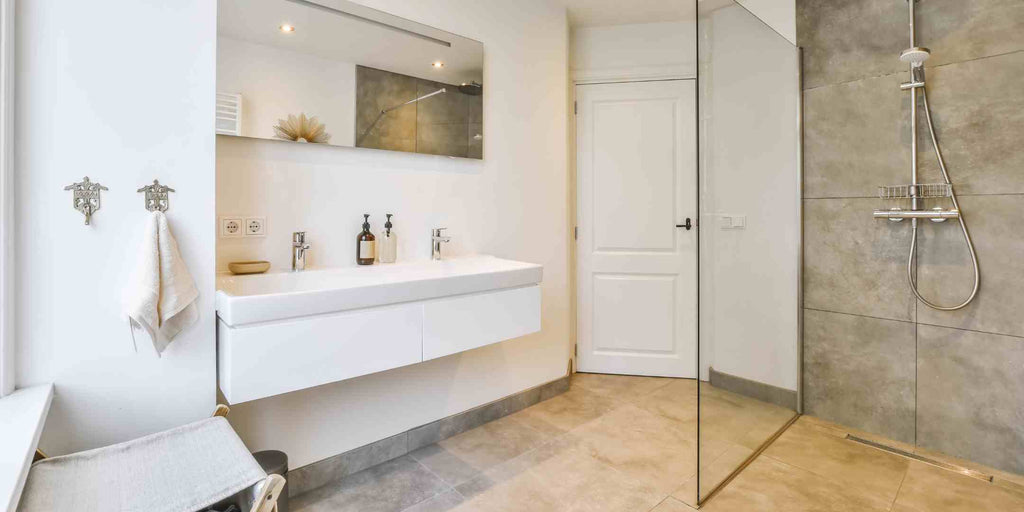
Tiles are a popular HDB flooring option made from various materials, including ceramic, porcelain, or natural stone. If you're looking for something versatile and long-lasting, tiles are excellent choices as they work in various settings, including kitchens, bathrooms, and outdoor areas.
This material is highly durable and can withstand heavy foot traffic, making it a practical choice for busy households. It is also easy to clean and maintain, and comes in a wide range of colours, shapes, and sizes, allowing homeowners to choose a style that suits their interior design.
Tile flooring is non-porous and resistant to water and stains, making it ideal for bathrooms and kitchens. Moreover, it is a desirable feature that can increase the value of a home. However, tile flooring can be slippery when wet, which can pose a safety hazard, especially in bathrooms and outdoor areas. It is also prone to cracking if heavy objects are dropped, or the subfloor is not level.
Additionally, tile flooring requires skilled installation, which can add to the cost of installation.
Natural Stone
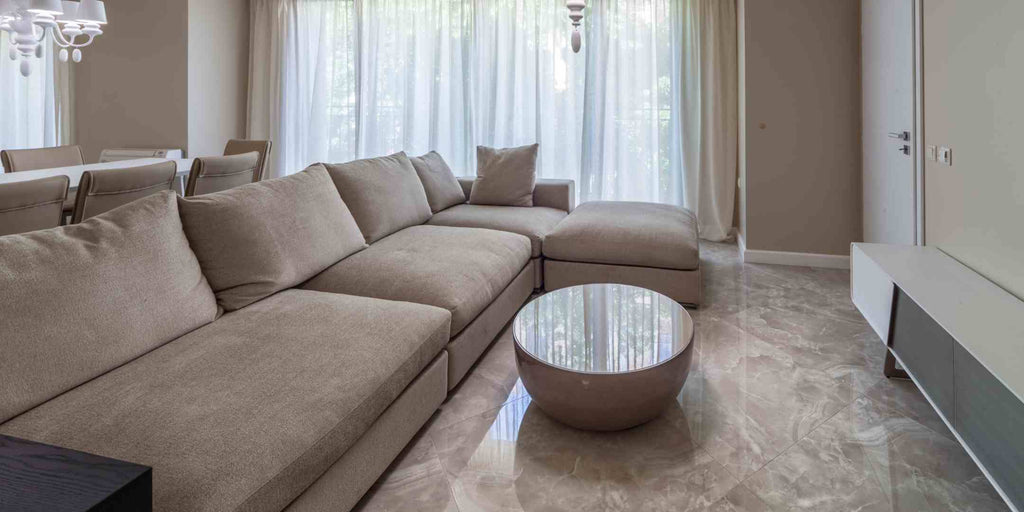
If you're searching for a luxurious option, natural stone flooring is a great choice.
This flooring material is made from natural stones such as marble, granite, limestone, or slate, adding elegance to any HDB space.
One of the unique features of natural stone flooring is that each stone has its own distinct colour and pattern, which makes it a truly unique flooring option.
Natural stone HDB flooring is highly durable and can withstand heavy foot traffic and wear and tear. It's also a desirable feature that can increase the value of your home. Another advantage of natural stone flooring is that it can be used indoors and outdoors, making it a versatile option. However, natural stone flooring requires regular sealing and maintenance to keep it looking its best. It's also prone to scratching and chipping.
If you're renovating your home on a budget, it's good to note that natural stone flooring is typically more expensive than other flooring materials, which can be a drawback for some homeowners.
Hardwood
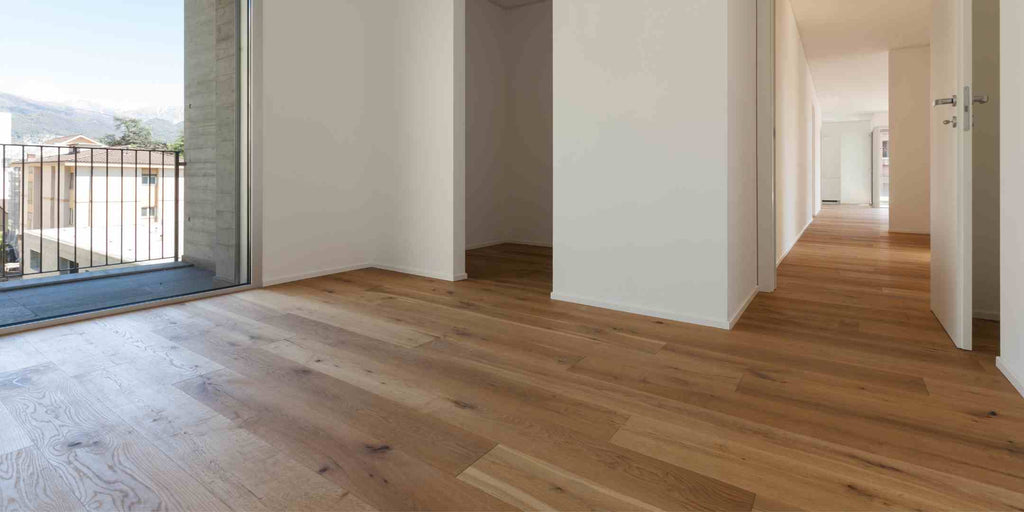
Looking for a flooring option that can add warmth and personality to your interior design? Consider hardwood HDB flooring, available in solid hardwood planks or engineered wood products. This classic and timeless option can add an instant sense of character and elegance to any space.
Hardwood flooring is highly durable and can withstand heavy foot traffic and wear and tear, making it a practical choice for busy households. Additionally, it can be sanded and refinished to give it a new look and extend its lifespan. Hardwood flooring works with many other elegant furniture pieces, from wooden furniture, sintered stone collections, and a variety of traditional and modern furniture elements.
Because of its versatility and durability, hardwood flooring is typically more expensive than other flooring materials. It can also be prone to scratching if heavy objects are dragged across it or if it comes into contact with sharp objects. It is also susceptible to moisture damage and should not be installed in areas prone to moisture, such as bathrooms. Lastly, hardwood flooring can be noisy, especially if it is installed on the upper levels of a home.
Engineered Wood
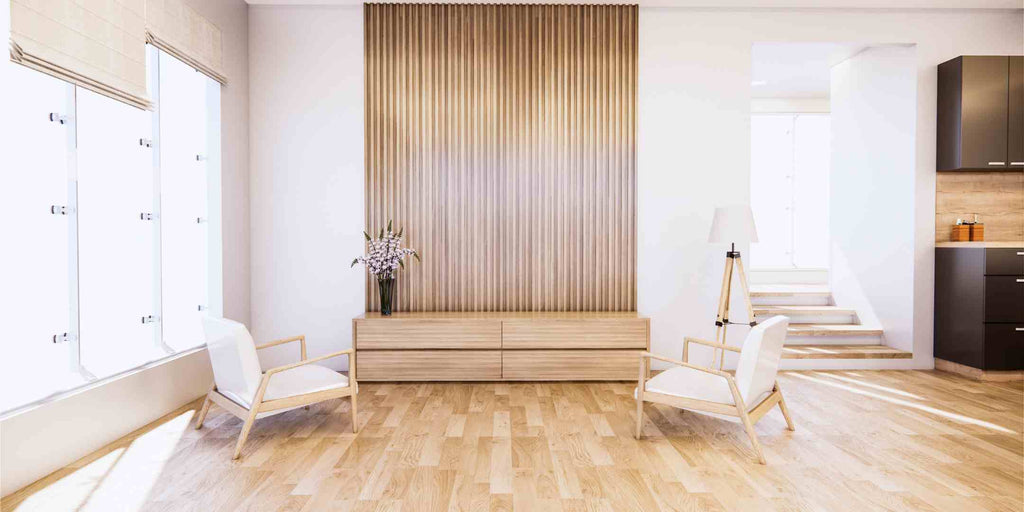
When it comes to flooring options, engineered wood HDB flooring is a popular choice made from layers of wood veneer glued together to form a plank.
This option is versatile and can mimic the look of hardwood flooring while being more affordable.
Engineered wood flooring is highly durable and can withstand heavy foot traffic and wear and tear. It is also easy to install, making it a favourite for DIY projects. Some types of engineered wood flooring can be sanded and refinished to give it a new look and extend its lifespan. However, some cannot be sanded and refinished, which limits the options for changing their appearance.
Engineered wood flooring is also susceptible to moisture damage and should not be installed in areas prone to moisture, such as bathrooms. It also typically has a shorter lifespan than hardwood flooring, so it may need to be replaced sooner.
Laminate
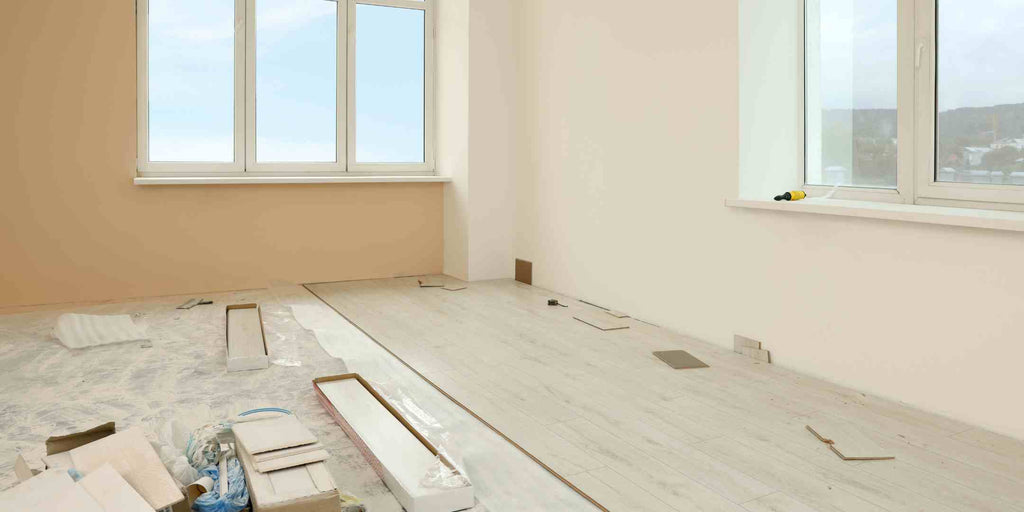
Laminate flooring is constructed from multiple layers of synthetic materials that are fused together through a lamination process. The top layer is a high-resolution photograph of real wood, stone or tile covered by a protective layer that gives the flooring durability.
Laminate flooring has many advantages, including its affordability, making it a great option for those renovating on a budget. Additionally, it's relatively easy to install, making it a popular choice for DIY projects. The protective layer on laminate flooring provides resistance to scratches and fading, making it a durable option for high-traffic areas. Laminate flooring is also moisture-resistant and can be installed in areas such as kitchens and bathrooms. Moreover, laminate flooring comes in a variety of styles and designs, so homeowners can choose a look that suits their style.
When it comes to longevity, it's good to note that laminate flooring is not as durable as hardwood, tile or stone flooring and can be easily damaged by heavy furniture or appliances. Unlike hardwood flooring, laminate flooring cannot be refinished once worn or scratched. Laminate flooring can also sound hollow when walked on, creating a less solid feel than other flooring materials.
Linoleum
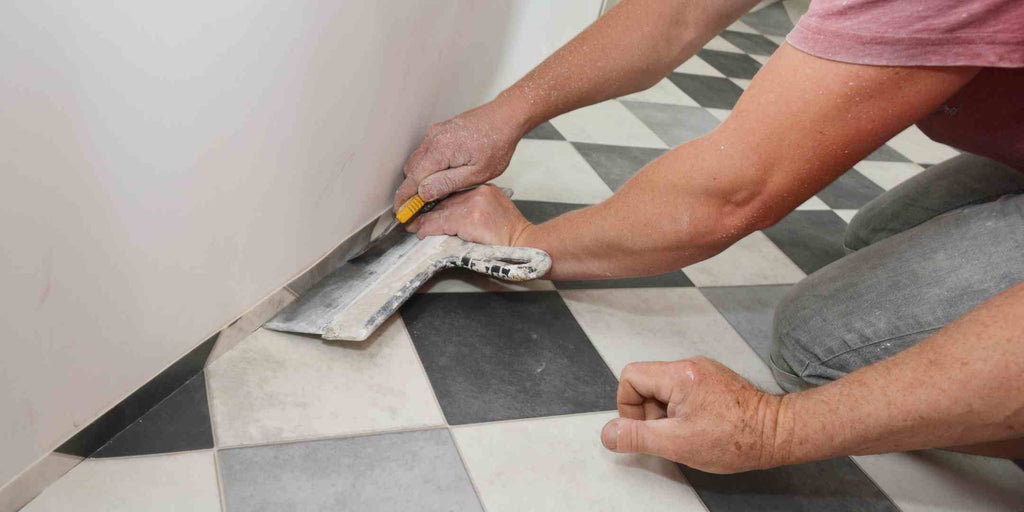
Linoleum flooring is a resilient option made from natural materials such as linseed oil, cork dust, and wood flour. It is known for its durability and eco-friendliness. One of the advantages of linoleum flooring is its biodegradability, making it an environmentally friendly choice. Additionally, linoleum flooring is highly durable and can withstand heavy foot traffic and wear and tear. Homeowners can also choose from a variety of colours and patterns to suit their style.
Linoleum flooring is prone to fading in sunlight, making it less ideal for areas with large windows or lots of natural light. Additionally, while there are various options available, the selection may not be as extensive as other flooring materials. Linoleum flooring can also be prone to scratching and may need to be refinished over time to maintain its appearance.
Carpet

Carpet is a flooring material made from natural or synthetic fibres such as wool, nylon, and polyester. It is known for its softness, warmth, and comfort, which makes it a popular choice for bedrooms, living rooms, and other areas where people want to relax.
One of the advantages of carpet is that it provides insulation, which can help to reduce energy costs and keep a room warm. Carpet also absorbs sound, making it a great option for apartments or multi-level homes where noise levels can be a concern.
Additionally, carpet comes in various styles and colours, allowing homeowners to choose a look that suits their style. It is often less expensive than other flooring options, such as hardwood or tile. However, the carpet is prone to staining and may require frequent cleaning or replacement if heavily soiled. It can also trap allergens such as dust, pet hair, and pollen, making it less ideal for those with allergies or respiratory issues. A carpet typically has a shorter lifespan than other flooring materials and may need to be replaced more frequently. Regular vacuuming and deep cleaning are necessary to maintain the appearance of the carpet and prevent odours.
Factors to Consider When Choosing Your Flooring Material
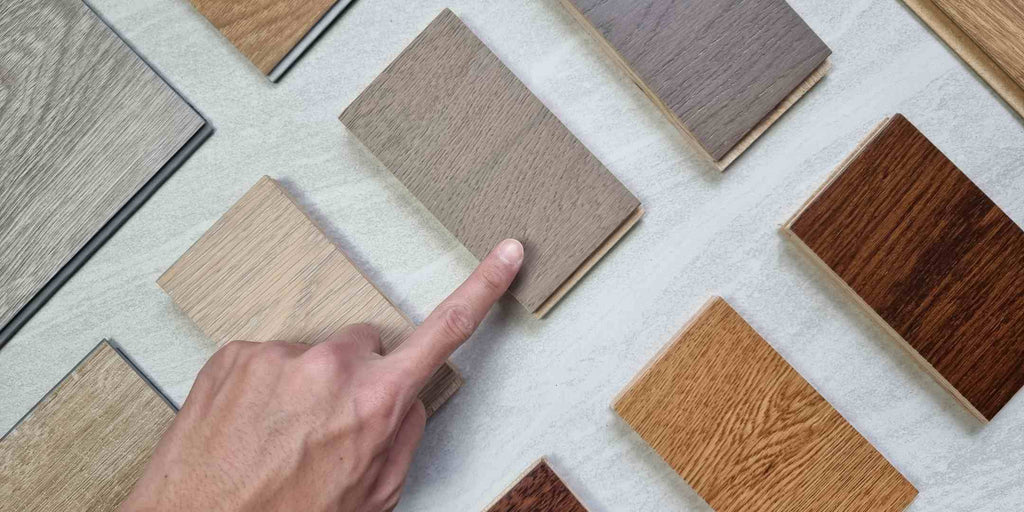
Choosing the right flooring material is crucial when designing or renovating your home.
By considering these factors, you can choose the flooring material that is the best fit for your home and lifestyle:
Durability
One of the most important factors to consider is durability. If the space gets a lot of foot traffic or is prone to spills and stains, you'll want to choose a flooring material that can withstand wear and tear.
Style
You'll want to choose a flooring material that complements the overall aesthetic of your home and decor. Whether you prefer a classic, traditional look or a more modern, contemporary style, many flooring options are available to match your design preferences.
Maintenance
Some materials require more upkeep and maintenance than others, so it's important to choose a flooring material that is easy to clean and maintain. Consider how much time and effort you're willing to devote to cleaning and maintaining your floors.
Cost
Flooring materials can vary widely in cost, so consider your budget when making your decision.
Installation
Some flooring materials require professional installation, while others can be installed as a DIY project. Consider the installation process when making your decision, as well as any additional costs associated with installation.
Sustainability
Finally, if sustainability is important to you, choose a flooring material made from eco-friendly materials that are recyclable or biodegradable. Many flooring materials are available that are made from natural, renewable resources and are more sustainable than traditional flooring options.
Bottom Line
Selecting the best flooring material for your interior design requires careful consideration of various factors such as durability, style, maintenance, cost, installation, and sustainability. By evaluating these factors, you can choose a flooring material that enhances the look and feel of your HDB or BTO space and fits your lifestyle and budget.



